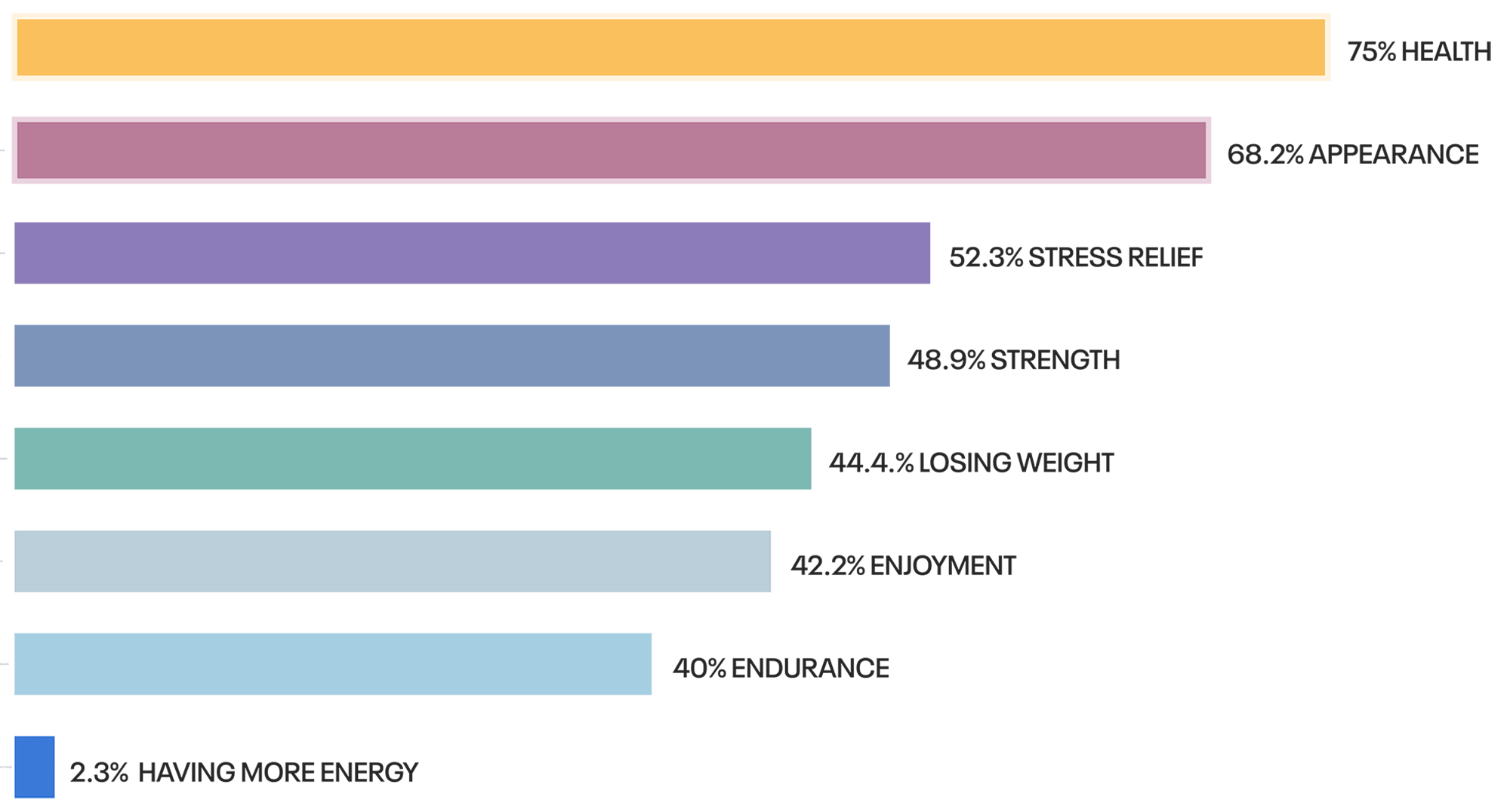Prototyping a “New You” with 3D Body Scanning Technology ⚙️
A 3-week sprint to research, conceptualize, design & iterate on an interactive iPhone app to visualize fat loss & muscle gain.
TABLE OF CONTENTS
OUr CLIENTMY ROLEOUR GOALOUR DESIGN PROCESSPROJECT MANAGEMENTSTAKEHOLDER INTERVIEWSUSER INTERVIEWSCOMPETITIVE ANALYSISCOMPARATIVE ANALySISSURVEY DESIGNAffinity mappingux personauser scenarioproblem statementdesign hypothesisUser flowsconcept sketcheshigh fidelity mockupsmultivariate usability testingdesign iterationsfinal prototype user interfacekey takeawaysOUR CLIENT
WHAT IS A SHAPESCALE? 💪🏾
ShapeScale is an emerging technology that uses 3D body scanning to help its users visualize their fat loss & muscle gains over time.
Shapescale users can see themselves with 3D photorealistic views. The scale scans the body in just under a minute and merges hundreds of photographs of its users with high fidelity from every single angle.
Shapescale provides access to localized metrics for body circumference, lean mass, fat mass, and of course, weight.
MY ROLE
WORKING AS A PRODUCT DESIGNER



I worked as a Product Designer on a team with 2 other designers. I focused on research, creating mockups, project management & prototyping the final product with a high fidelity user interface.
OUR PRIMARy GOAL
IMPROVE THE APP WITH DESIGN THINKING 🧠
Our goal was to create an improved version of the current Shapescale app using design thinking. Since Shapescale had not worked with UX designers prior, the CEO wanted us to uncover missing user needs, & properly validate the design decisions that had been previously implemented.













.png)

.png)










-min.png)
.jpg)









.png)
.png)








